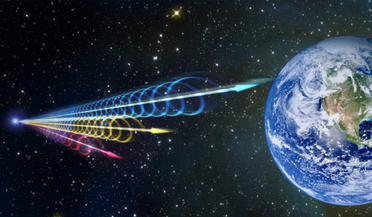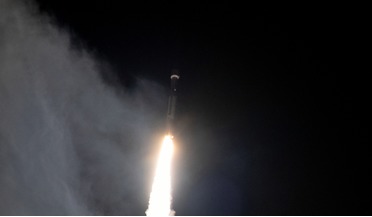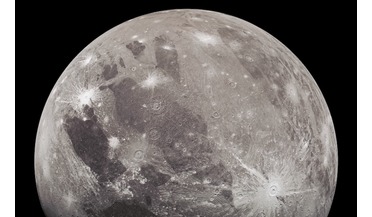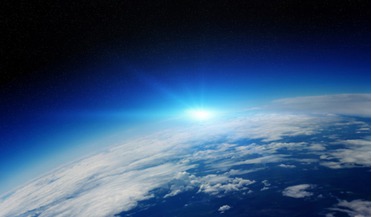 08 June 2020
New discovery provides important clues on mysterious cosmic bursts
08 June 2020
New discovery provides important clues on mysterious cosmic bursts
... origin of FRBs as the team believes it may be hard to explain a 157-day precession period given the large magnetic fields expected in these stars. “Detecting a periodicity provides an important constraint on the origin of the bursts and the activity...
 10 February 2020
ESA's Solar Orbiter probe blasts off to face the Sun
10 February 2020
ESA's Solar Orbiter probe blasts off to face the Sun
... In situ instruments will measure the solar wind and the solar magnetic field in the vicinity of the orbiter. “The combination of remote-... cycle, and how the Sun creates and controls the magnetic bubble – the heliosphere – in which our planet resides...
 28 July 2021
Hubble helps astronomers find first evidence of water vapour at Ganymede
28 July 2021
Hubble helps astronomers find first evidence of water vapour at Ganymede
... ribbons of electrified gas called auroral bands, and provided further evidence that Ganymede has a weak magnetic field. The similarities in these UV observations were explained by the presence of molecular oxygen (O2). But some observed features...
 August 2016
Long-term spaceflight and microbiological safety issues
August 2016
Long-term spaceflight and microbiological safety issues
...’s development may also be spurred on by physical factors of spaceflight - periodic fluctuations in solar activity, radiation levels, or magnetic field gradients, etc. Russian orbital space station operational experience shows that processes like the...
 September 2016
Life in the extremes: confessions of an astrobiologist
September 2016
Life in the extremes: confessions of an astrobiologist
..., and liquid inner cores of planets producing magnetic fields that can help shield atmospheres, to geological processes... it worked out in the end! My project was in the field of planetary protection, which focuses on minimising the potential of (one...
 April 2019
Scanning the skies for exoplanets
April 2019
Scanning the skies for exoplanets
...The hot-Neptunes we do see are resisting this evaporation in some way, perhaps due to cooler host stars, magnetic fields or some other mechanism we don’t yet understand,” said David Armstrong, a planetary scientist at the University of Warwick in the...